
I met Matt Leacock at the Cocktail Party known as Twitter. He’s the designer of some of the best co-op games in the world, including Pandemic, Forbidden Island, and Forbidden Desert – all fantastic games that should be a part of any game collection. I wanted to know how he got so much done, and what techniques, abilities, and tools contributed to his success.
Here’s what he told me.
This post has affiliate links, which directly support Andhegames.com at no extra cost to you. If you have any questions about anything recommended, let me know. – Andrew
Tell us about yourself – who are you? What do you do?
I’m a game designer living in Sunnyvale, California.
If you could bring one board game to a desert island with you, which would it be (assuming that you had people/monkeys/loneliness-induced-hallucinations to play it with)?
I get one pass per interview, right? Pass. I can’t single out one and whatever it was would get ruined from being overplayed I think.
What is been most instrumental to your success?
The really great network support I have in the board game community—publishers and players.
One fact that we probably don’t know about you:
One of my molars came in backwards. True story!
What are you naturally good at that helps you in your work?
Simplifying things.
What are you not naturally good at, that you’ve learned to do well anyway?
I was a terrible, terrible rule writer when I stared. I’m much better now, but still lean heavily on others on the final edit.
Describe your process (or lack thereof) when making games. How do you reach your final product?
Sketch, goof off, do stupid stuff. Wait six months. Sketch, design, test, refine. Prototype, test, refine. Write, test, listen, observe, refine. And then you’re about 80% done with only 80% more to go.
What design-related media do you consume on a regular basis?
Less these days. I used to consume it by the truckload on subjects ranging from print design, visual interface design, and user-experience design. These days I’m usually too busy making stuff.
What are some tool/programs/supplies that you wouldn’t work without?
Adobe Illustrator, Sococo (my virtual office), and Google Drive.
What’s your playtesting philosophy? How often/early do you playtest?
I start simply with just myself, trying to find the core engine of the game. I gradually extend the circle out to include friends and family, then friends of friends, then strangers. All the while, the fidelity of the prototype increases as opportunities for change decrease as I narrow down on the final design. I often ship games out and ask testers to video record their sessions so I can analyze them later as a fly on the wall.
What are some of the biggest obstacles you’ve faced in your work, and how have you overcome them?
Breaking into the business was tricky at first. I tried to sell my first games in the year 2000. I broke into the hobby with Pandemic in 2008. Like writing or poetry, I think, perhaps, you need to make a lot of bad games before you can make a great one.
How do you handle family/work/life balance?
I work from home and have been enjoying the fact that this makes for a flexible schedule. I’m able to bring the kids in for doctor appointments and be around for home repairs while my spouse works out of her office.
Do you have a second job? If so, what do you do? If not, when/how did you quit your day job?
I started designing games full time in July 2014. Prior to that I was the Chief Designer at Sococo and specialized in user experiences for community and communications software.
How many hours/week do you generally devote to game design? How many to other business-related activities?
Probably about 80% design, 20% overhead. I’m guessing I’m working about 30-35 hours per week on games.
What’s the best advice about life that you’ve ever received?
My mom always told me to do what I love, and that the money will follow. That worked for me—but I also think there’s a good degree of luck involved.
What one piece of advice would you give aspiring game designers?
Show your work to as many other people as you can. Listen and observe them as they play and don’t interrupt them.
Who would you like to see answer these questions?
I’d love to hear more about how Reiner Knizia approaches the above.
(Here’s the interview with Mr. Knizia! -A)


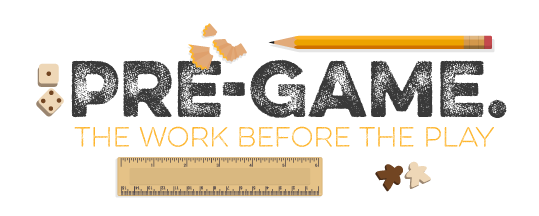

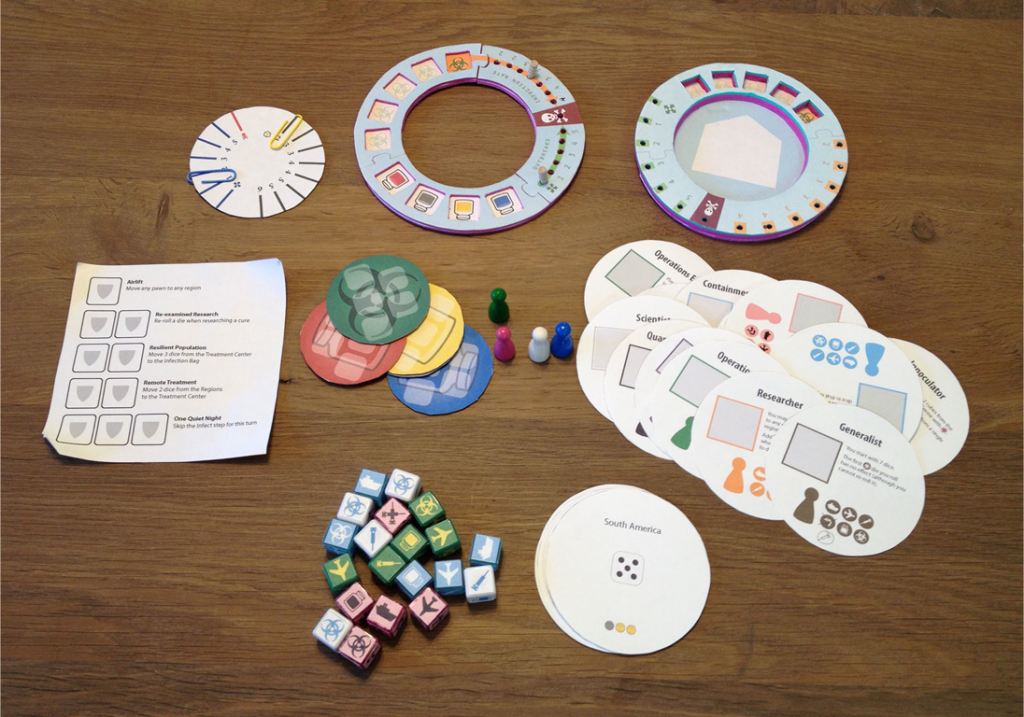
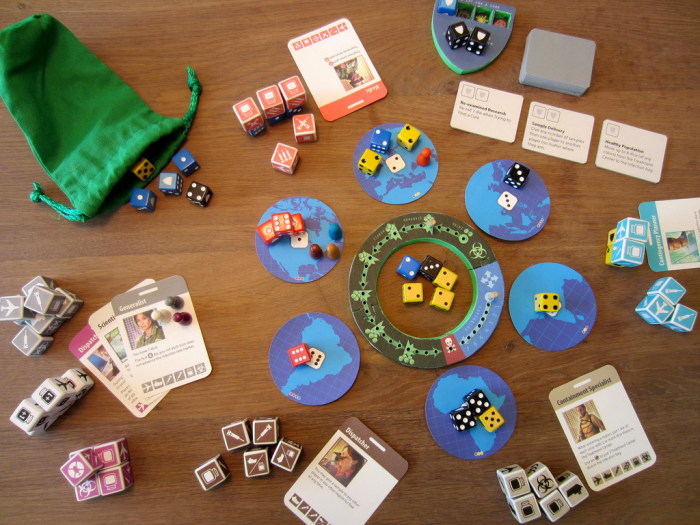

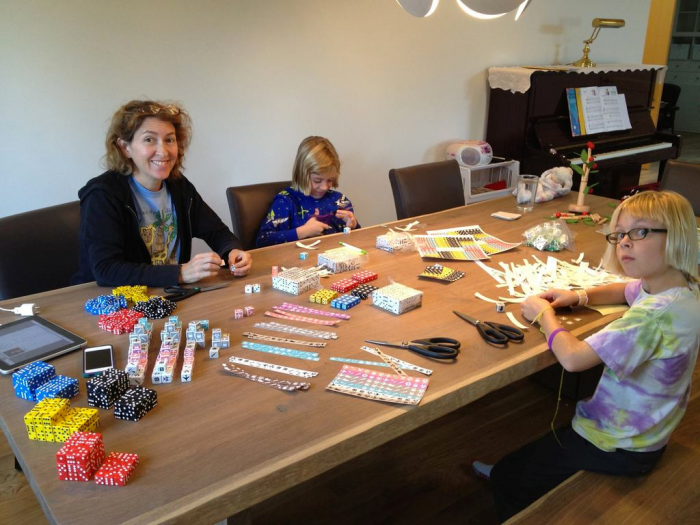
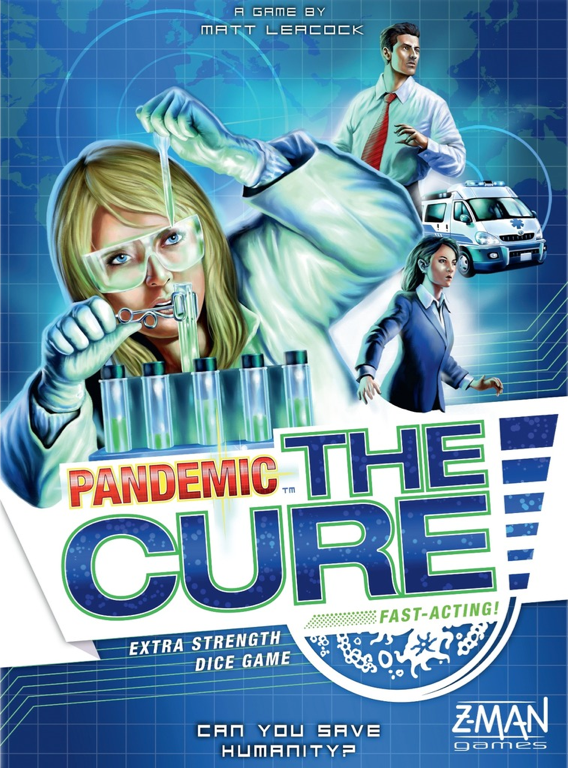
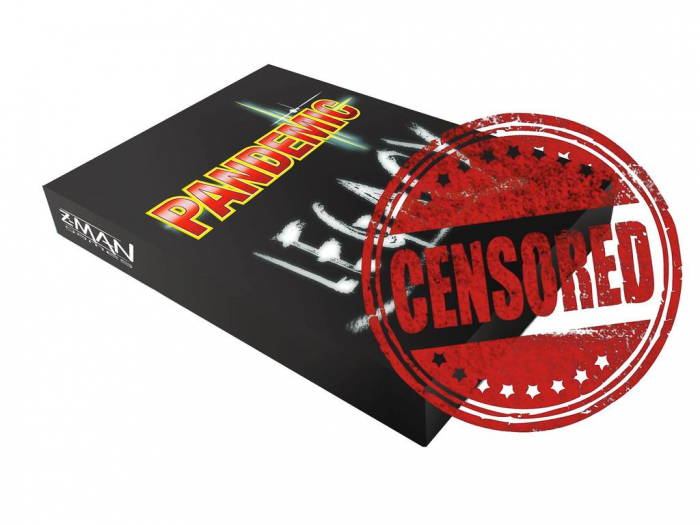
[…] Full Interview […]